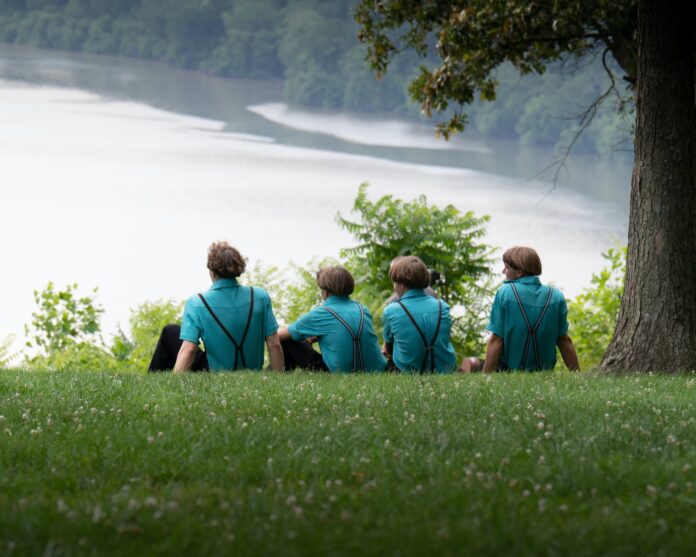Amish education is limited by obligatory eight years of secondary school. The Amishes are reluctant to provide further education to their kids, believing that this basic knowledge is enough to get ready for Amish mode of life.
Almost none of the Amishes received higher education; few went to college. They can have their own schools, usually one-room schools run by young unmarried women from the same community as teachers. Many handicrafts are taught there, which can be considered appropriate vocational education corresponding to (or equivalent) the national educational standard for a ten-year school.
There are Amish kids attending non-Amish comprehensive schools, though these educational institution are far from their homes (this happens in either very small or remote Amish groups). Recently, significant conflicts between the Amish and outside people have spiked over issues of local education. However, Amishes got permission to educate kids in accordance with Amish customs and traditions.
There are still conflicts over the early graduation of Amishes from an eight-year school. As state law does not allow a young person to be expelled from school before the specified age, these children formally stay in eighth grade for the second (or more) year until they reach “graduation” age. In the past, when compared to standardized tests of Amish students, they were above the average for students in village educational institutions in the United States in terms of pronunciation, usage, and arithmetic. However, young Amish vocabulary lagged behind the state average.




















